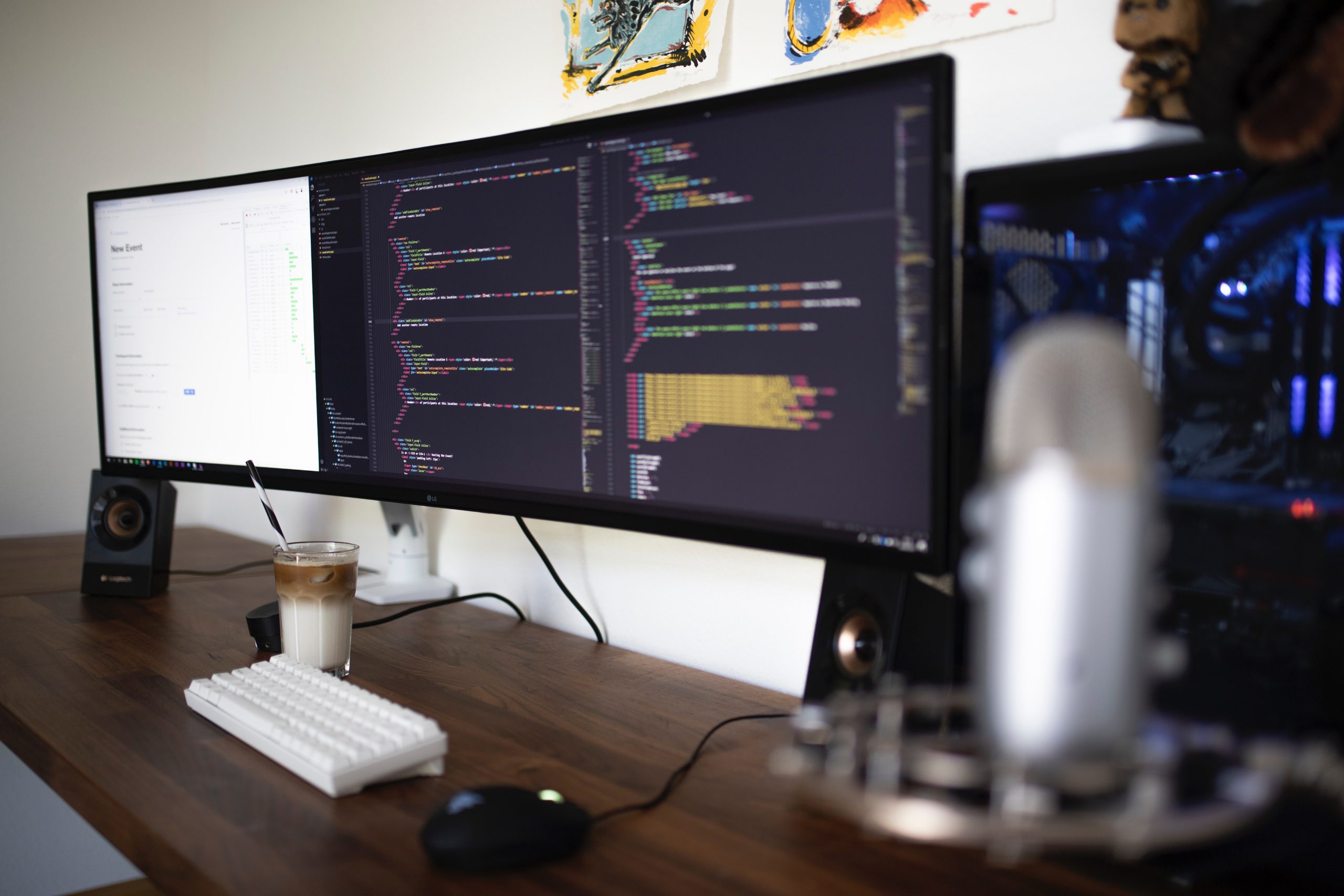Are you tired of encountering those frustrating websites that disable the right-click Save image as option, preventing you from easily downloading protected images? Whether it’s a captivating photograph, an inspiring piece of artwork, or a useful graphic for your project, being unable to save these images can be incredibly frustrating. But fear not, for there are tools and techniques available that can help you bypass this restriction and download protected images from your browser. In this article, we will explore some of the best methods to overcome the Save image as disabled feature and empower you to access and use the images that pique your interest. So if you’ve ever found yourself pondering how to liberate those restricted images from their digital confinement, read on to discover the innovative solutions at your disposal.
Understanding the issue of Save image As restriction
Understanding the issue of Save Image As restriction is a common predicament faced by many internet users. This restriction often originates from websites seeking to protect their content from unauthorized use or distribution. While this may be a necessary measure for content creators, it can frustrate users who simply want to save images for personal use or reference.
One perspective on this issue is the balance between protecting intellectual property and enabling fair personal usage. Content creators have a legitimate right to control how their work is utilized, especially in the digital realm where reproduction and distribution are effortless. However, placing overly restrictive measures on image downloads can hinder user experience and limit the potential reach of their content.
Another aspect worth considering is the impact of Save Image As restrictions on education and research. Many individuals rely on visual content for learning purposes, and when they encounter barriers to accessing relevant images due to restrictive website policies, it can impede their ability to acquire knowledge effectively. Finding ways to address this issue while respecting copyright concerns could lead to more inclusive access to essential visual resources online.
Method 1: Using browser extensions
When it comes to downloading protected images when the right-click Save image as is disabled, browser extensions can be a game-changer. With an array of extensions available for popular browsers like Chrome and Firefox, users can easily find tools that enable them to bypass website restrictions and download images with ease. These extensions often provide additional functionality beyond simple image downloading, such as batch downloading, automatic renaming, and even filtering out unwanted image types.
One key advantage of using browser extensions is their user-friendly interface and seamless integration with the browser. Users can simply add the extension to their browser and access its features directly from the context menu or toolbar, making the process of downloading protected images quick and effortless. Additionally, many extensions come with regular updates and support from developers, ensuring compatibility with various websites and ongoing improvements in functionality. These factors collectively make browser extensions a convenient choice for individuals looking for a hassle-free solution to download protected images without encountering restrictions imposed by websites.

Method 2: Inspecting page source code
Inspecting page source code allows you to access the HTML source of the webpage, giving you a backdoor to retrieve protected images. By right-clicking on the desired image and selecting Inspect or View Page Source, you can uncover the direct link to the image file. This method is especially useful for bypassing websites that have disabled right-click saving but still load images directly into the HTML.
With this approach, however, it’s essential to respect copyright and usage rights of the images obtained. Always ensure that you have permission to use and download any protected content before proceeding. Additionally, be aware that some websites may employ more sophisticated methods of protection, such as server-side authentication or dynamic loading, making it more challenging to extract images using this technique.
Inspecting page source code provides an intriguing glimpse into the inner workings of webpages and empowers users with another tool for accessing protected content. While it may not work in all scenarios, its potential makes it a valuable addition to your arsenal when attempting to obtain otherwise inaccessible images from a browser.
Method 3: Screenshot and cropping tools
One creative and useful method for bypassing the right-click save image as restriction is to utilize a screenshot tool combined with image cropping software. By taking a screenshot of the protected image on your screen, you can then use cropping tools like Adobe Photoshop or GIMP to isolate and extract the desired portion of the image. This method allows you to capture the protected image in its entirety without needing permission or access to the original file.
In addition, screenshot and cropping tools offer versatility and customization options not available through traditional downloading methods. You can adjust the dimensions, resolution, and quality of the captured image according to your specific needs. This approach also enables users to tackle images that are housed within complicated web structures or inaccessible through standard saving methods. While it may require a bit more effort than simply right-clicking and saving, using screenshot and cropping tools provides a practical solution for obtaining protected images from web pages.

Method 4: Utilizing online image downloaders
If you’ve ever struggled to save an image from a website that has disabled the right-click Save image as option, online image downloaders can be a lifesaver. These tools allow you to extract images from websites without having to deal with any restrictions placed on downloading. By simply pasting the URL of the desired webpage into the online downloader, you can quickly and easily access the images for personal or professional use.
While using online image downloaders may seem like a convenient workaround, it’s important to consider copyright laws and usage rights. Always ensure that you have permission or proper licensing before downloading and using images from websites, especially if they are protected or restricted. Additionally, be cautious of potential security risks when using online tools, as some may pose privacy concerns or malware threats. It’s crucial to use reputable and trusted online image downloaders to protect both your own data and the creators’ rights.
Method 5: Using browser developer tools
Using browser developer tools offers a unique way to download protected images when the Save image As option is disabled. By utilizing the developer tools, users can access the HTML and CSS code of a webpage to locate and download the desired images. This method allows individuals to view all page resources, including images, scripts, and stylesheets, giving them greater control over their browsing experience.
One advantage of using browser developer tools is that it provides a deeper understanding of how webpages are constructed and how images are integrated into the overall design. By delving into the technical aspects of a website, users can uncover hidden image URLs or access cached versions of the images they want to download. Moreover, this method enables users to bypass restrictions on right-clicking or downloading images, empowering them with more flexibility in accessing protected content.
Overall, employing browser developer tools for downloading protected images represents a valuable skill for those seeking greater autonomy in managing online content. It not only offers an alternative solution when traditional methods fail but also promotes a better grasp of web development principles that can enhance one’s digital proficiency.

Conclusion
In conclusion, the landscape of online content protection continues to evolve, prompting the demand for innovative and user-friendly tools to download protected images from a browser. While right-click restrictions may seem like an insurmountable barrier, there are several effective solutions available that cater to different user preferences and technical capabilities. From browser extensions to specialized software, users can now bypass these limitations and access the images they need with ease.
As we navigate this digital age where content sharing is integral to our online experience, it’s crucial to adapt and find practical ways to handle restrictive measures while respecting copyright laws. The availability of these image downloading tools not only empowers users but also encourages responsible usage within legal boundaries. In essence, by leveraging these tools thoughtfully, individuals can strike a harmonious balance between convenience and ethical practice in their online endeavors.





